Body Parts in Japanese – Every Term from Head to Toe
In this comprehensive guide, we delve into the fascinating realm of body parts in Japanese. From the top of your head to the tips of your toes, we’ll explore the rich vocabulary that the Japanese language offers to describe every inch of your body. So, whether you’re planning a trip to Japan, learning the language, or simply curious about the linguistic nuances of this beautiful culture, join us as we uncover the intricacies of Japanese body part terminology.
Table of Contents
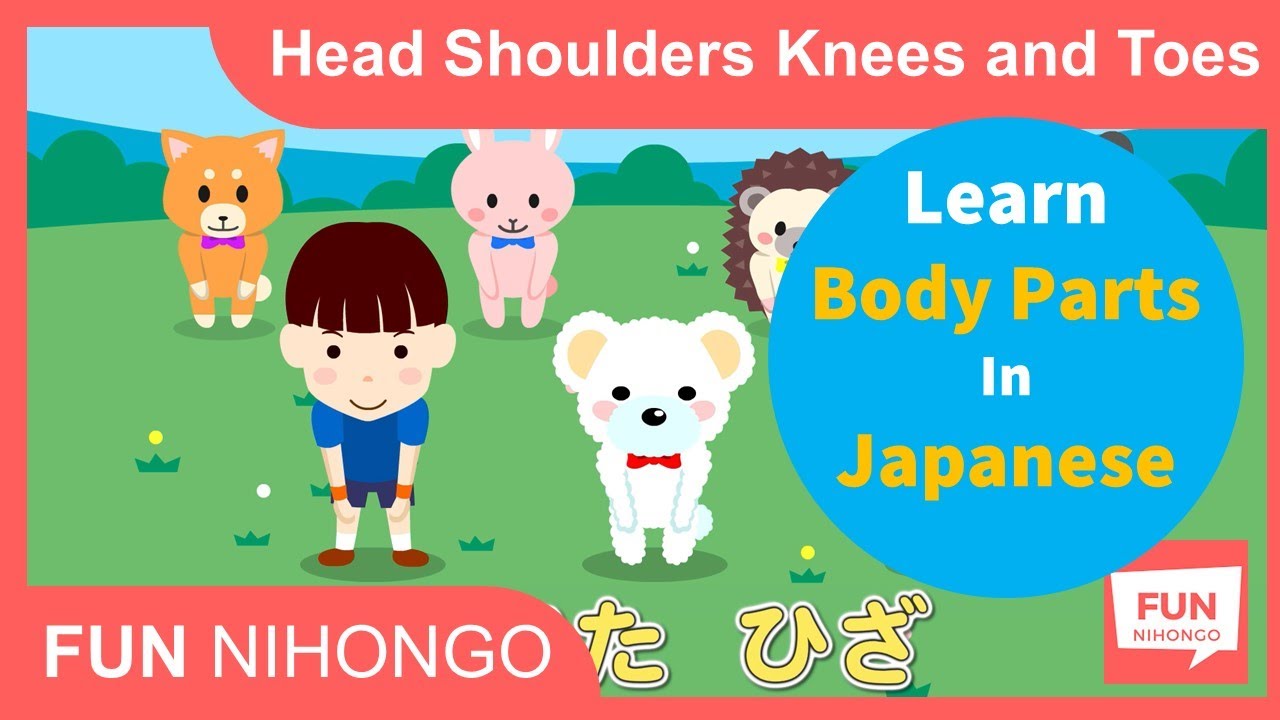
- Introduction
- The Importance of Body Part Vocabulary
- Head and Face
- 3.1 Head (頭 – Atama)
- 3.2 Eyes (目 – Me)
- 3.3 Nose (鼻 – Hana)
- 3.4 Mouth (口 – Kuchi)
- 3.5 Ears (耳 – Mimi)
- Upper Body
- 4.1 Neck (首 – Kubi)
- 4.2 Shoulders (肩 – Kata)
- 4.3 Chest (胸 – Mune)
- 4.4 Arms (腕 – Ude)
- 4.5 Hands (手 – Te)
- Torso and Back
- 5.1 Stomach (胃 – I)
- 5.2 Back (背中 – Senaka)
- Lower Body
- 6.1 Hips (尻 – Shiri)
- 6.2 Legs (足 – Ashi)
- 6.3 Knees (膝 – Hiza)
- 6.4 Feet (足首 – Ashikubi)
- Fingers and Toes
- 7.1 Fingers (指 – Yubi)
- 7.2 Toes (つま先 – Tsumasaki)
- Unique Body Parts
- 8.1 Hair (髪 – Kami)
- 8.2 Nails (爪 – Tsume)
- Expressions and Idioms
- Learning Japanese Body Part Vocabulary
- Cultural Significance
- Common Phrases and Gestures
- Conclusion
- FAQs (Frequently Asked Questions)
- 14.1 How do I say “head” in Japanese?
- 14.2 What is the Japanese word for “nose”?
- 14.3 Are there any cultural taboos related to body part terminology in Japan?
- 14.4 Can you recommend resources for learning Japanese?
- 14.5 What are some common Japanese gestures related to body language?
Introduction
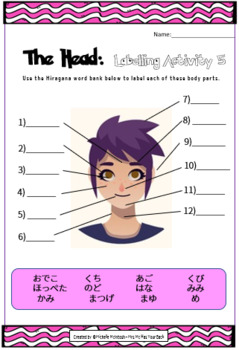
Japan is a land of rich culture and tradition, and its language is no exception. Every language has its unique way of describing body parts, and Japanese is no different. Understanding these terms not only aids in effective communication but also allows you to appreciate the depth of the language.
The Importance of Body Part Vocabulary
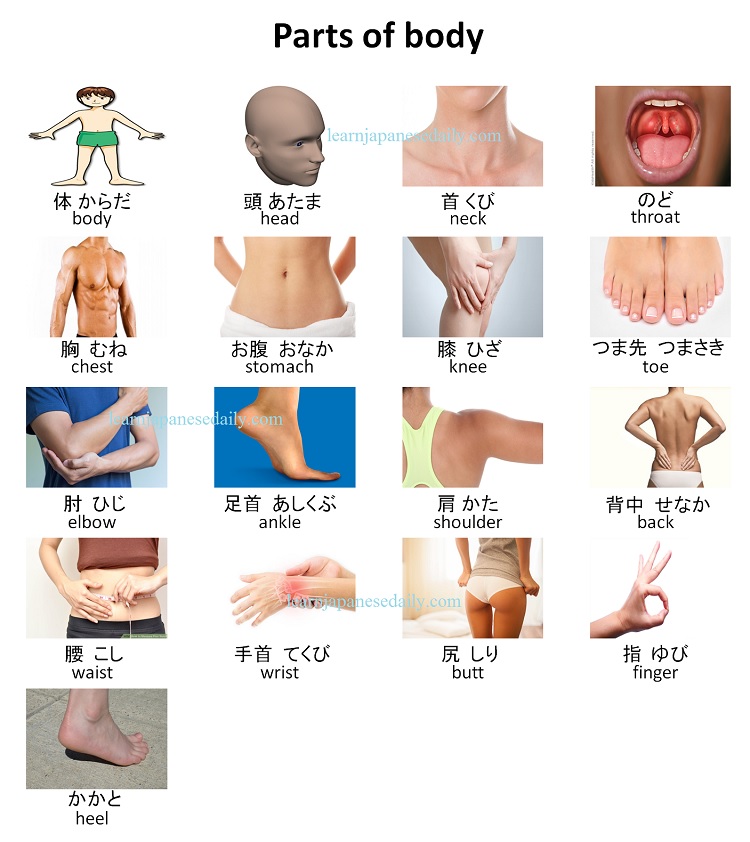
Language is a mirror to culture, and knowing the words for body parts in Japanese provides insights into the Japanese way of thinking. It enables travelers to navigate daily life, medical situations, or even engaging in friendly conversations.
Head and Face
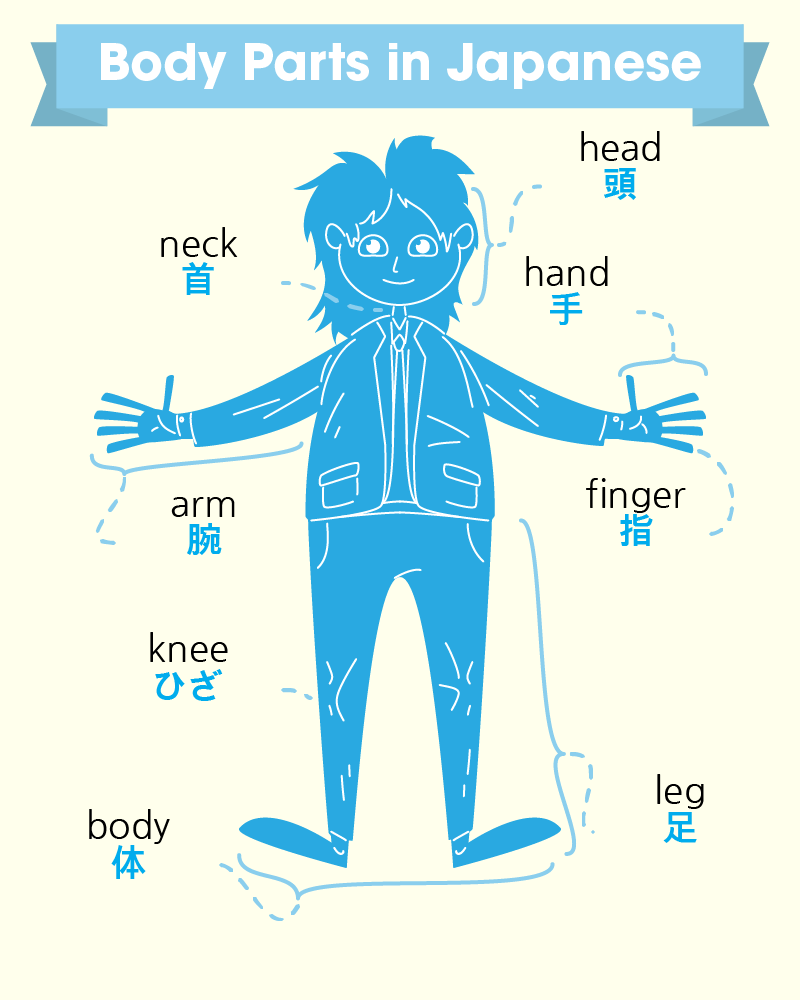
3.1 Head (頭 – Atama)
In Japanese, “head” is “Atama.” It’s the crown of your body, housing the brain and your sensory organs.
3.2 Eyes (目 – Me)
“Me” refers to your eyes. They are not just windows to the soul but also essential for perceiving the world.
3.3 Nose (鼻 – Hana)
“Hana” denotes your nose. It’s not just for breathing; it’s also a key player in your sense of smell.
3.4 Mouth (口 – Kuchi)
“Kuchi” means “mouth.” It’s where words are formed, and nourishment enters your body.
3.5 Ears (耳 – Mimi)
“Mimi” represents your ears, vital for hearing and maintaining balance.
Stay with us as we continue our journey from head to toe, exploring the Japanese names for various body parts.
(Translation of the provided passage:)
The Blog section of Tourjapanaz.com/ is a website dedicated to providing the latest information on the topic: Body Parts in Japanese – Every Term from Head to Toe. Don’t forget to follow Tourjapanaz.com/ to discover more about Body Parts in Japanese – Every Term from Head to Toe.
Upper Body

4.1 Neck (首 – Kubi)
The “Kubi” is your neck, connecting your head to your torso. It’s both graceful and functional.
4.2 Shoulders (肩 – Kata)
“Kata” represents your shoulders, crucial for bearing burdens and expressing body language.
4.3 Chest (胸 – Mune)
“Mune” is your chest, protecting vital organs and symbolizing emotions.
4.4 Arms (腕 – Ude)
“Ude” refers to your arms, the versatile tools that aid you in countless tasks.
4.5 Hands (手 – Te)
“Te” means hands, the instruments of creation and expression.
Torso and Back5.1 Stomach (胃 – I)
“I” denotes your stomach, the epicenter of digestion.
5.2 Back (背中 – Senaka)
“Senaka” represents your back, providing support and stability.
Lower Body6.1 Hips (尻 – Shiri)
“Shiri” refers to your hips, responsible for balance and posture.
6.2 Legs (足 – Ashi)
“Ashi” signifies legs, facilitating movement and mobility.
6.3 Knees (膝 – Hiza)
“Hiza” is your knees, essential for bending and flexibility.
6.4 Feet (足首 – Ashikubi)
“Ashikubi” is the term for feet, your reliable means of transportation.
Fingers and Toes7.1 Fingers (指 – Yubi)
“Yubi” represents fingers, dexterous and expressive.
7.2 Toes (つま先 – Tsumasaki)
“Tsumasaki” denotes toes, often overlooked but crucial for balance.
Unique Body Parts8.1 Hair (髪 – Kami)
“Kami” signifies hair, a canvas for self-expression.
8.2 Nails (爪 – Tsume)
“Tsume” refers to nails, protecting your fingertips and adding flair.
Expressions and Idioms
Understanding body part vocabulary also opens the door to Japanese expressions and idioms. For example, “Honne to Tatemae” refers to the contrast between one’s true feelings (honne) and the behavior and opinions one displays in public (tatemae).
Learning Japanese Body Part Vocabulary
Learning a new language can be challenging, but it’s also incredibly rewarding. Start with basic body part vocabulary and gradually expand your knowledge.
Cultural Significance
In Japan, certain body parts carry cultural significance. For instance, the “nape of the neck” is considered sensual and
alluring in Japanese culture. Understanding these nuances can help you navigate social interactions with respect and sensitivity.
Common Phrases and Gestures
Japanese language and culture are intertwined, and body language plays a significant role in communication. For example, bowing is a common gesture of respect. Understanding these customs enhances your ability to connect with locals.
Conclusion
In this exploration of Japanese body part terminology, we’ve journeyed from the “Atama” (head) to the “Ashikubi” (feet), unraveling the intricacies of the language. Language is a gateway to understanding culture, and by delving into Japanese body part vocabulary, you’re not only expanding your linguistic prowess but also gaining insights into the Japanese way of life.
So, whether you’re planning a trip to Japan, learning the language, or simply curious about the richness of Japanese culture, embrace this journey from head to toe, and let your newfound knowledge enhance your experiences.
key words
- learn japanese
- how to say hello in japan
- say i love you in japan
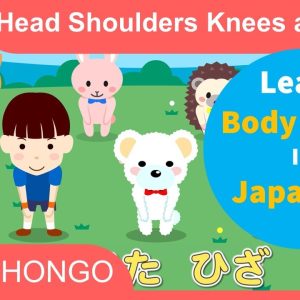
No Responses